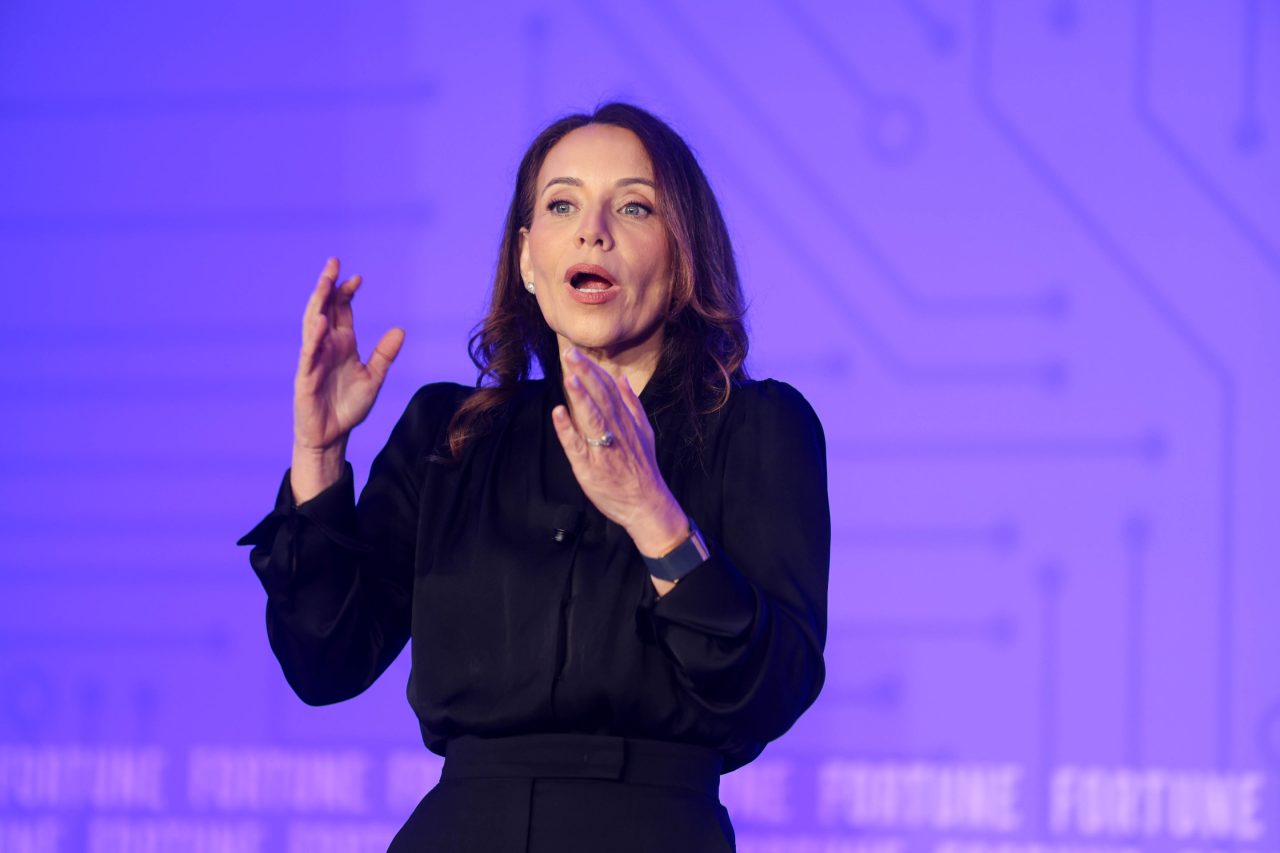In today’s high-stakes corporate world, change at the executive level can have a domino effect that reverberates throughout an organization. One of the most significant — yet often overlooked — casualties of a CEO transition is the Chief Human Resources Officer (CHRO). According to recent studies, 70% of CHROs leave their role within 18 months of a new CEO taking charge. This phenomenon, often referred to as “The CEO Trap,” raises critical questions about leadership dynamics, trust, and the evolving role of HR in shaping business strategy.
Understanding the CEO Trap
When a new CEO steps in, organizations experience more than just a leadership shuffle — they undergo a cultural reset. New CEOs often arrive with fresh strategies, visions, and in many cases, their own hand-picked leadership teams. The CHRO, being one of the closest confidantes to the outgoing CEO and a strategic driver of talent and culture, often finds themselves at a crossroads.
The result? A startling turnover rate that threatens continuity in people strategy and organizational stability.
Why CHROs Exit: Key Reasons Behind the Statistic
1. Shift in Strategic Alignment
One of the main reasons CHROs depart during a CEO transition is a misalignment in vision and priorities. A new CEO may bring in a dramatically different leadership philosophy or strategic roadmap. If the CHRO’s approach to workforce planning, DEI initiatives, or talent development does not align with the incoming leader’s goals, friction is inevitable.
2. Loss of Influence
CHROs thrive when they are embedded in the executive decision-making process. A new CEO may bring their own trusted HR advisor or place more value on finance, operations, or marketing leads, reducing the CHRO’s influence in the C-suite. When strategic influence fades, many CHROs opt to leave rather than be sidelined.
3. Loyalty to the Previous CEO
In many cases, CHROs have been key allies to the outgoing CEO, helping shape company culture, manage crisis communications, and lead major organizational transformations. Their deep ties to the previous leader may make them appear less adaptable — or even resistant — to change, creating an unspoken but powerful bias.
4. Cultural Mismatch
HR leaders are the torchbearers of company culture, and they often help mold it around the values of leadership. When a new CEO introduces a different tone or set of expectations, it can create a cultural dissonance. CHROs who once felt connected and empowered might suddenly find themselves out of sync with the new regime.
5. Executive Restructuring
Sometimes, the decision is structural. New CEOs may reorganize the executive leadership team, merge departments, or redefine roles. The CHRO role might be absorbed into broader operational functions or combined with administrative roles, effectively eliminating the position.
The Business Impact of Losing CHROs
The departure of a CHRO during a leadership transition creates significant organizational risk:
- Talent Strategy Disruption: A new CHRO may take months to understand the company’s talent landscape, delaying critical initiatives like succession planning, employee engagement programs, or diversity strategies.
- Loss of Institutional Knowledge: CHROs are deeply involved in conflict resolution, performance planning, compliance, and organizational health. Losing this knowledge can destabilize HR operations.
- Cultural Instability: During transitions, employees look for stability. Losing a familiar HR leader can cause anxiety and reduce morale, especially if the CHRO was seen as a strong advocate for the workforce.
Retaining CHROs Through CEO Transitions: A Strategic Imperative
Organizations that successfully retain their CHROs during leadership transitions tend to approach change with intentionality and transparency. Here’s how they do it:
1. Involving CHROs in Succession Planning
A forward-looking board ensures CHROs are actively engaged in CEO succession, helping assess cultural fit, communication style, and strategic alignment of candidates.
2. Building a Collaborative Transition Plan
When a new CEO is announced, the board and outgoing CEO should work with the CHRO to create a structured onboarding and transition plan. This can ease tensions and establish early rapport between the new CEO and the CHRO.
3. Reaffirming the CHRO’s Strategic Role
Boards can proactively reaffirm the value of the CHRO by ensuring they remain central to discussions on leadership, talent, and workforce transformation. Elevating the CHRO as a peer to the CEO, not just a support role, makes a difference.
4. Facilitating Early Relationship Building
Encouraging early and open communication between the incoming CEO and CHRO builds trust. If the relationship begins on the foundation of mutual respect, it’s more likely to last.
The Future of the CHRO Role
The modern CHRO is no longer confined to managing benefits and recruitment. Today, they are strategic leaders who influence company culture, lead through transformation, and navigate global labor trends. As businesses confront challenges such as hybrid work, talent shortages, DEI imperatives, and rapid automation, the CHRO’s role will only grow more complex — and more critical.
If companies want to stay competitive, they need to view their CHRO not as a dispensable legacy of the previous CEO, but as a cornerstone of future success.
Conclusion: Avoiding the CEO Trap
The data is clear: the CHRO turnover rate after a CEO transition is too high to ignore. As leadership dynamics continue to evolve, boards and executive teams must recognize the CHRO as an indispensable asset whose stability can make or break an organization’s human capital strategy.
Avoiding “The CEO Trap” means creating alignment between new leadership and existing HR strategy, respecting institutional knowledge, and valuing the CHRO as a strategic partner — not just a support function. Only then can companies navigate executive transitions with strength, clarity, and continuity.
70% of CHROs exit after a CEO change. Discover why this trend—known as the “CEO Trap”—happens, what it means for organizations, and how to retain your top HR leaders during transitions.




